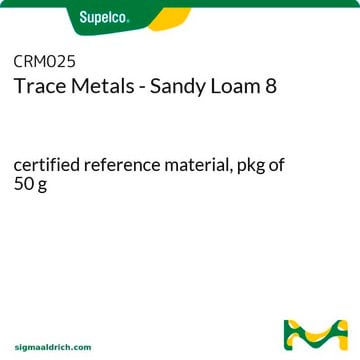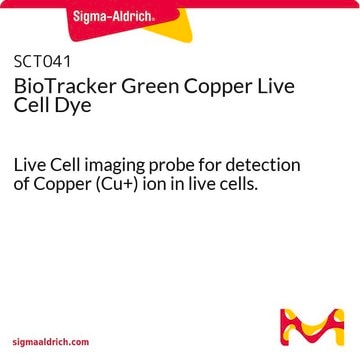This assay kit has not been specifically tested on brain tissue. Researchers have published using this kit with brain tissue. Their sample preparation involved homogenizing brain tissue in distilled water prior to centrifugation and assaying the supernatant for copper content. Please see the citation below for more details.
Ma X, Sun Y, Li C, Wang M, Zang Q, Zhang X, Wang F, Niu Y, Hua J. Novel Insights Into DLAT's Role in Alzheimer's Disease-Related Copper Toxicity Through Microglial Exosome Dynamics. CNS Neurosci Ther. 2024 Oct;30(10):e70064. doi: 10.1111/cns.70064. PMID: 39428563; PMCID: PMC11491298.











